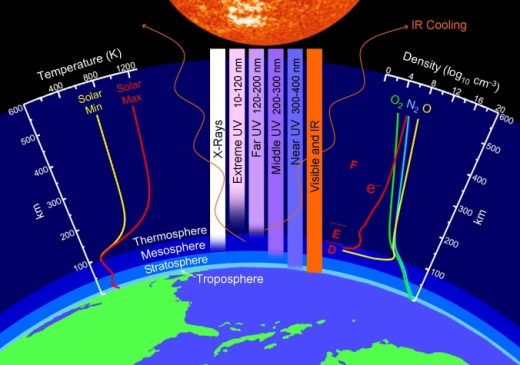Charles M0OXO
I was born in the 1960’s and have lived all my life in the Coal Mining Town of Barnsley in South Yorkshire, Northern England. My parents were all from this area of Yorkshire and my father worked in the main Industry of the local Collieries as a face worker. I have been married to my wife Debbie for 35+ years and we have two children and two grandchildren.
I have been licensed for around 20 years after my interest was re-kindled when I retired from my role as a Police Officer within South Yorkshire Police Force. The latter few years were spent as Radio Operator in the Force Operations Control Room at Sheffield, before my career ended.
IOTA chasing is (and always has been) my real passion, as climbing the ladder to reach Honour Roll status was always my main aim. The 1000 Islands Trophy is still out of reach but I am heading in the right direction. I am currently a Board Member of IOTA Ltd and IREF.
In my free time I am a keen Photographer of Wildlife, Aviation, (anything really) but the QSL Manager role is my main passion within Ham Radio.
https://www.m0oxo.com/
https://www.m0oxo.com/oqrs/



